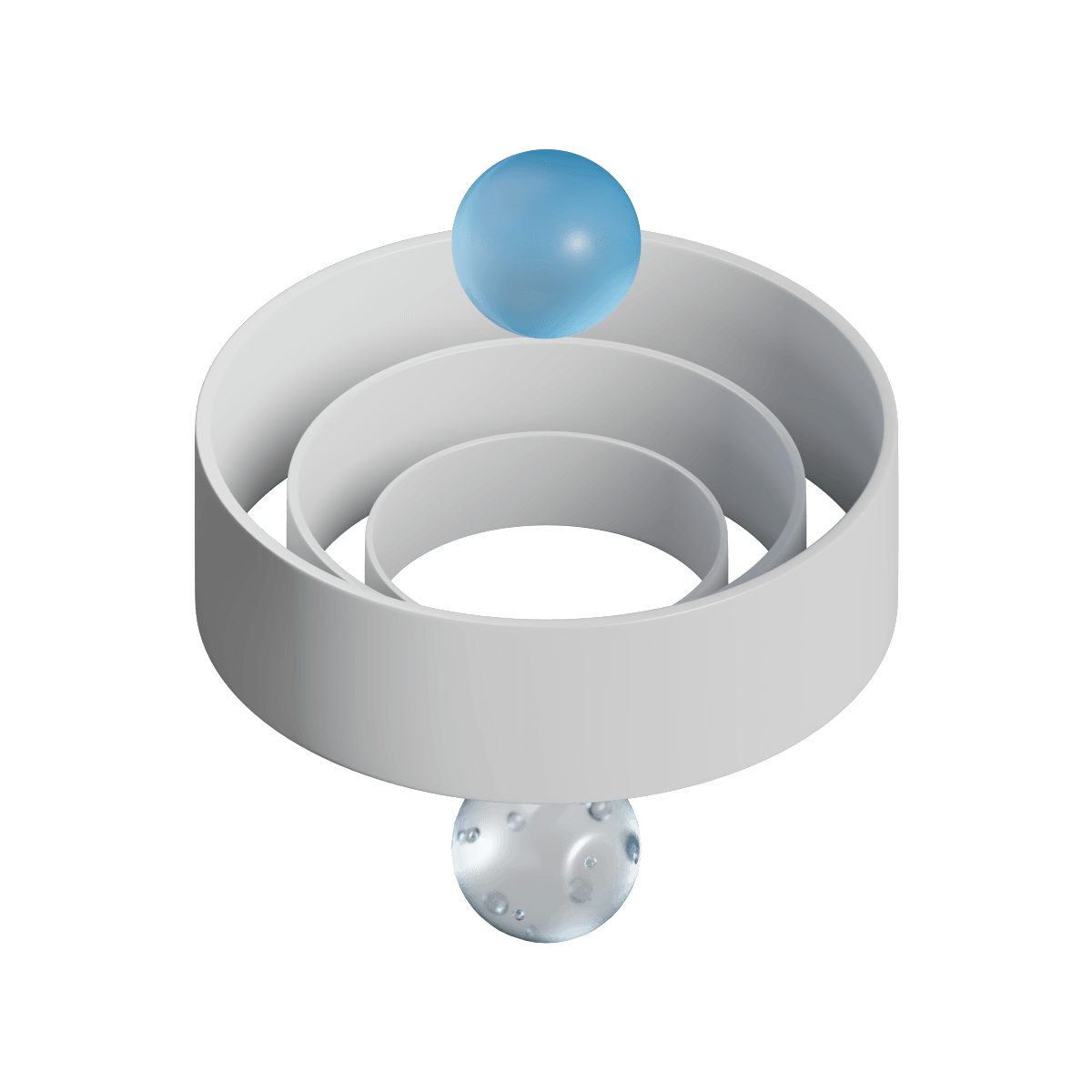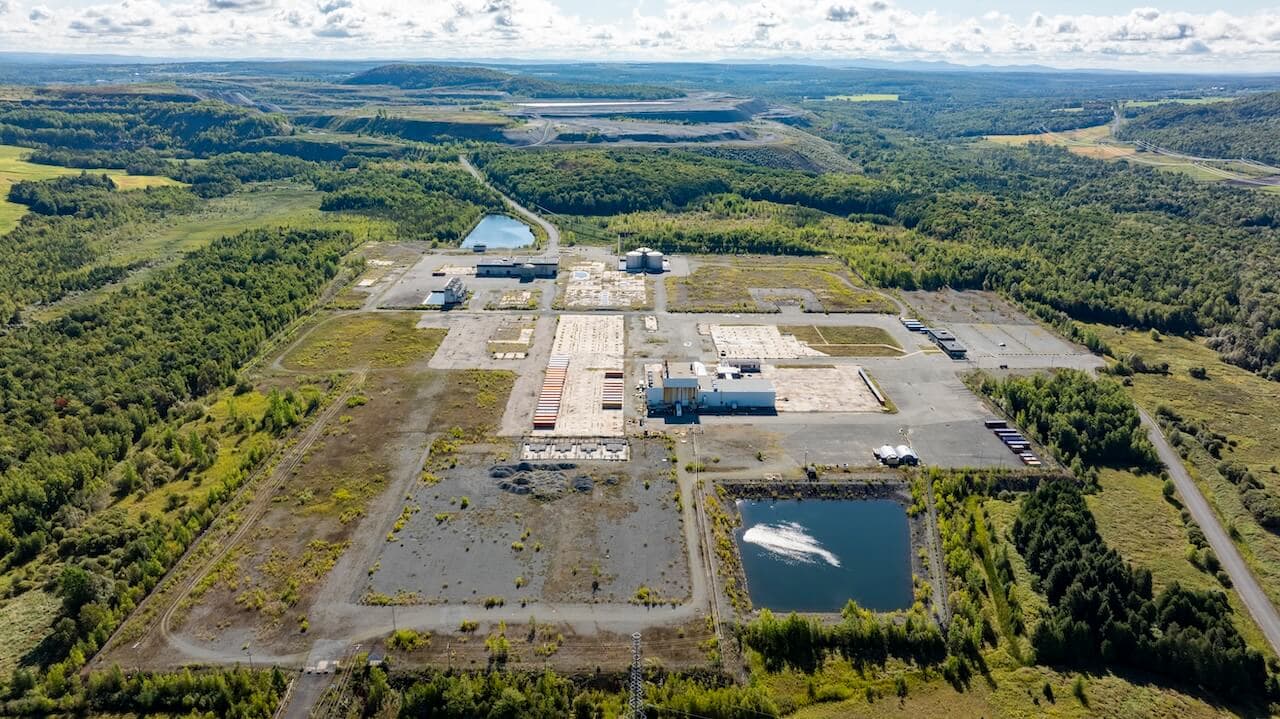
Mining isn't short on minerals — it's short on the right technologies.
Traditional approaches
Legacy mineral processing technology traps +$400B of value under high costs, waste, permitting hurdles, and the social friction driven by project footprint.
High environmental footprint

Large volumes of waste and tailing

volatile, fragile supply chains

Bespoke process development is resource intense

our solution
Exterra adapts its proprietary technology to new feedstocks, using our testing platform to provide partners with a flowsheet that overcomes conventional hurdles to turn stranded deposits into producing assets, reinforcing domestic critical mineral supply chains.

1st Mineral Processing Technology Breakthrough in Decades.
Proprietary Technologies
Exterra’s technology uses a novel integration of mature equipment delivering better chemistry at a lower cost and environmental footprint.



Impacts
Make more minerals bankable, sooner.
Cuts Opex
Regenerate reagents on‑site at a lower cost than delivered single-use chemicals.
Regenerate reagents on‑site at a lower cost than delivered single-use chemicals.
Shrinks Waste
Cuts neutralization loads, recovers more from the ore and lowers legacy liabilities.
Cuts neutralization loads, recovers more from the ore and lowers legacy liabilities.
Improved Social License
Through reduced waste and transportation of hazardous materials.
Through reduced waste and transportation of hazardous materials.

